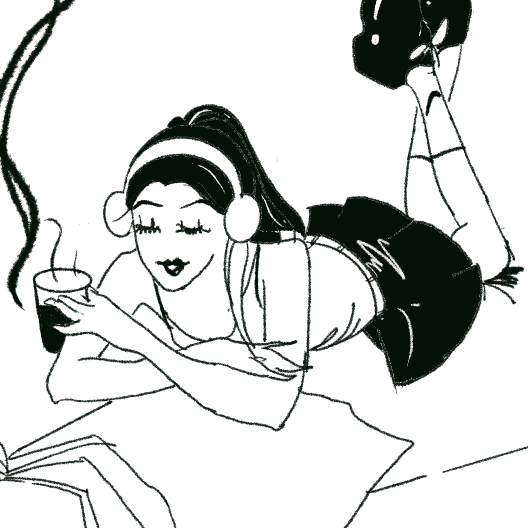Bilibili, or “B-Station,” is a popular Chinese video-sharing platform established in 2009. With its signature real-time “bullet comments” (弹幕) and strong community atmosphere, Bilibili primarily attracts Gen Z and millennial users. These users freely upload videos and interact with their favorite creators, known as UP主 (UPs).
As a former active Bilibili creator specializing in editing and remixing film and TV content, I witnessed the platform’s transition from actively fostering new creators to a significant outflow of content producers.
What changes have occurred in its incentive systems? How does the shift from Web2.0 to a hybrid of Web2.0 and Web3.0 models affect creators of different scales?
Web2.0 and “one click, three strikes”
——The Lifeline for Creators’ Traffic
“For ideas, fame is fortune”, “And nothing makes you famous faster than an audience willing to distribute your work for free.” That logic — that ever-larger quantities of followers, likes, and clicks could eventually be cashed in — held at first for the “participatory web.”
(Austin. D, 2021)
Bilibili provides several monetization options for creators, including its Creative Incentive Program, “charging” (充电), live-stream tipping, and task-based collaborations like the “Bounty Plan” (悬赏计划):


1.Charging:
Users purchase virtual currency (“B-coins”) to support their favorite creators. These contributions are partially converted into cash for the creators
2.Live-stream tipping: Viewers purchase virtual gifts to reward streamers. These gifts have monetary value, with creators receiving a percentage.

3.Bounty Plan: Brands or users post tasks that creators complete in exchange for payment, directly linking content creation to commercial needs.
For smaller creators with limited audiences, however, the Creative Incentive Program remains their primary source of income. This revenue largely depends on the “one click, three strikes” (一键三连), a term refers to a long click of the “Like” button on the Chinese streaming site Bilibili, which serves the triple function of “Like, marking as Donating Coins and Favorite”.

ps. Using virtual coins to support creators, which boosts video visibility but doesn’t directly generate income.
The combination of these actions improves a video’s chances of being recommended while signaling content quality to the platform.The higher the traffic, the greater the likelihood of a high income.


Creators can even embed pop-ups within videos to encourage engagement, including “one click, three strikes”.


At the same time, users are becoming more aware that time and attention spent on-platform translates to economic benefit in ways designed by the platform, but that can be potentially exploited or redirected through deliberate community practices. For instance, when users encounter well-crafted, high-effort videos, they often leave comments saying they’ve already given a “one click, three strikes”to support the UP.
Web3.0 Mode and Its Impact on Smaller Creators
As Will Oremus argues, Web3.0 signals “a departure from social media’s established model of holding users’ attention with algorithmically sorted feeds: ‘Users will deliberately choose to forge ongoing connections with their favorite creators rather than simply trusting an algorithm to surface engaging free content from a vast, impersonal reservoir.’”
the creators who already amassed large followings during the “free” era of social media are best positioned to benefit from subscription platforms, paywalls, and collectible content.
Web3.0 offers creators more opportunities for direct monetization and independence from platform constraints. However, to truly benefit, creators must overcome technological and operational challenges, with a key focus on building highly engaged fan communities.
For larger creators, Web3.0 offers a way to break free from platform constraints, allowing them to establish independent brand ecosystems. Bilibili naturally invests more resources into retaining these top-tier creators. However, this resource allocation has made it increasingly difficult for smaller creators to gain visibility and survive.
This disparity is particularly pronounced for creators like me, who produce film and TV remix content. Such work lacks the audience stickiness of personal vlogs or unique original content. As platform support shifts towards retaining large creators with established fanbases, smaller creators face diminishing visibility and opportunities. With a saturated market and declining incentives, this shifting balance increasingly marginalizes creators who once thrived under Bilibili’s earlier, more inclusive ecosystem.
